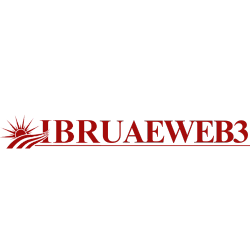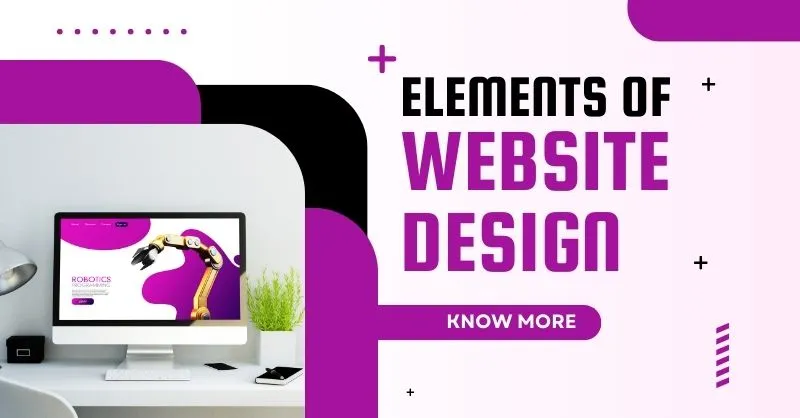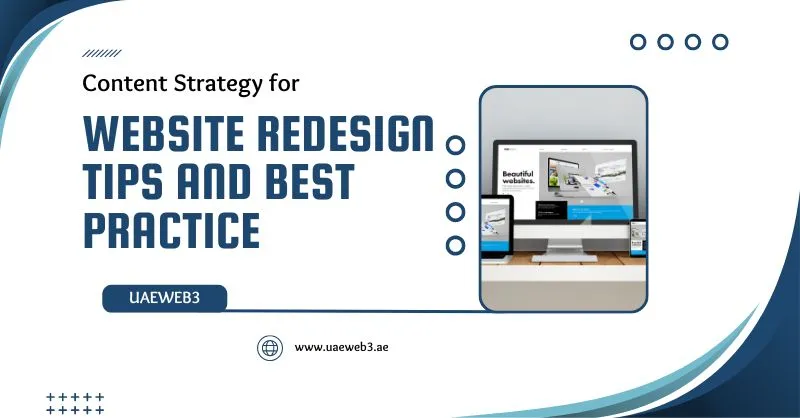10 Essential Web Design Elements

Customers look closely at the details on your webpages. For 59% of them, authenticity presented in exquisite design is appealing. Knowing what to put on your company website is so essential.
The features that consumers expect to see and use when visiting your pages are the most important web design aspects. These features range from clear menus and white spaces to excellent images and other necessary functionalities.

10 Elements of Website Design for Better User Experience
A website’s design makes up an astounding 94% of initial impressions, therefore it’s important to get it properly. When a website has these boring elements, people likely to leave:
- Difficult to use search functions
- Small print
- Excessive text and pop-up ads
- Complicated structure and navigation
Provide the greatest possible user experience by combining amazing functions with an eye-catching look using the following elements of contemporary website design:
Space
One of a website’s most important elements is space since it enhances the content’s readability and flow.
Spaces are being used by designers more often now than they were in the past. To draw attention to important spatial relationships on your website, they employ the following strategies:
- Vast spaces
- Increased spacing between texts
- Overall use of open space
- White spaces
Pro tip: Readers’ attention is drawn to spaces. These act as a noticeable visual break that allows viewers to take a breather before seeing the following pictures or paragraphs.
Responsiveness
Your website may adjust its layout to fit the screen size of any device with a responsive design. This includes adjusting the layout as follows to make the user experience more mobile-friendly:
- Small navigation
- Resized images
- Reformatted logos
- Increased font sizes
After we questioned leading agencies in our B2B network regarding responsive web design, they provided the following information:
Pro tip: Before launching, test your interface on several different devices. Working with the top IT solution providers will also guarantee that your responsive design is perfect on all platforms.
Easy Navigation
The following are simple-to-identify web design components that are provided by well-defined and user-friendly navigation:
- Parallax scrolling
- Directional arrows
- Clear calls-to-action (CTAs)
- Consistent and organized sections
- Home button
- Creative button styles
- Clickable links
- Hamburger menus
- Header
- Footer
- Concise labels
One of the most essential components of website design is navigation. On every company website, this feature is essential to usability and a great user experience.
Pro tip: Careful preparation and intelligent wireframes are necessary for navigation.
About Us
Add some personality to your business by creating an engaging “About Us” page that highlights the unique aspects of your company.
Large household names might not need this, although it is traditional, and potential buyers search for this page.
Pro tip: Provide enough details about what you offer, a brief history of your business, and team images. It’s not need to be too wordy. Rather, it must enthrall potential customers.
Contact Information
Put this website design element on all static headers and footers to increase its visibility. It should include your phone numbers, email addresses, and physical location.
Pro tip: Having a contact form on your website that lets visitors get in touch with you straight is also a good idea.
Search
Provide a basic search form that allows users to enter the names of goods or services they wish to find on your webpages. Make sure there are enough white spaces between it and the other website elements. This is particularly important for returning customers.
The built-in magnifying glass search box and icon don’t need to be changed. Rather than encouraging visitors to stay on your website, this can confuse them.
Pro tip: The best location is in the upper-right corner.
Imagery and Iconography
Beautiful pictures have a catchy quality. Present your goods with engaging and lucid images to attract potential buyers.
Deviate from generic photos and personalize your visuals. If not, your website can seem like other web pages or your product photographs might not accurately represent the product.
Pro tip: Hire a skilled illustrator and photographer to create a distinctive collection of pictures that highlight the characteristics and advantages of your product while also telling the story of your brand. These will provide your guests with an unforgettable visual experience.
Layout
The arrangement of items on a webpage is referred to as layout. It is essential in deciding how content is displayed and how visitors move around the website. Therefore, a website’s layout has a significant impact on how well users interact with it overall.
Regarding design, we can discuss:
These systems divide a webpage into rows and columns and offer an organizing framework that aids in the structuring of content into a structured layout.
the space that remains between pieces to improve readability, lessen visual clutter, and direct users’ attention to important content.
Adapts to various screen sizes and looks great.
Uses practical strategies like strong typography or larger font sizes to highlight more significant elements as it leads visitors through the text.
Use visual cues like color, contrast, or images to bring attention to important places or calls to action.
User Interface
The goal of user interface (UI) design is to provide a visually beautiful and interactive user interface that allows users to interact with a website or application. It includes a range of elements and ideas designed to improve the user experience as a whole.
The following are some essential elements of UI design:
- User-friendly and intuitive navigation system
- Consistent visual design components
- Interactive features, such as buttons, sliders, and forms, to engage users
- Responsive interface that adjusts to various screen sizes and devices
- Simple and easy-to-use forms for entering data
Typography
A visually appealing design and improved readability are achieved through careful placement and arrangement of fonts, font sizes, spacing, and other typographic features, all of which contribute to expressing the tone of the website.
Key elements of typography in web design are as follows:
The hierarchy, contrast, consistency, readability, font size and choice, line length and spacing, hierarchy, and readability
Takeaway on Web Design Elements
Setting your brand distinct from the competition can be achieved by carefully arranging and implementing web design features throughout your business-oriented webpages.
In order to effectively increase traffic and conversions, the aspects of website design that you employ should be user-friendly. These tastefully designed and well-built elements of your website should assist you cultivate repeat business and consumer loyalty.
Disclaimer: Above all information is for general reference only and sourced from internet, before making any kind of decision please visit the authorized websites of authorities and service providers.


